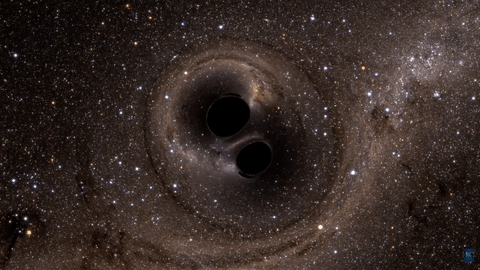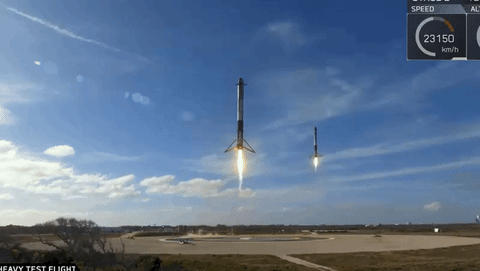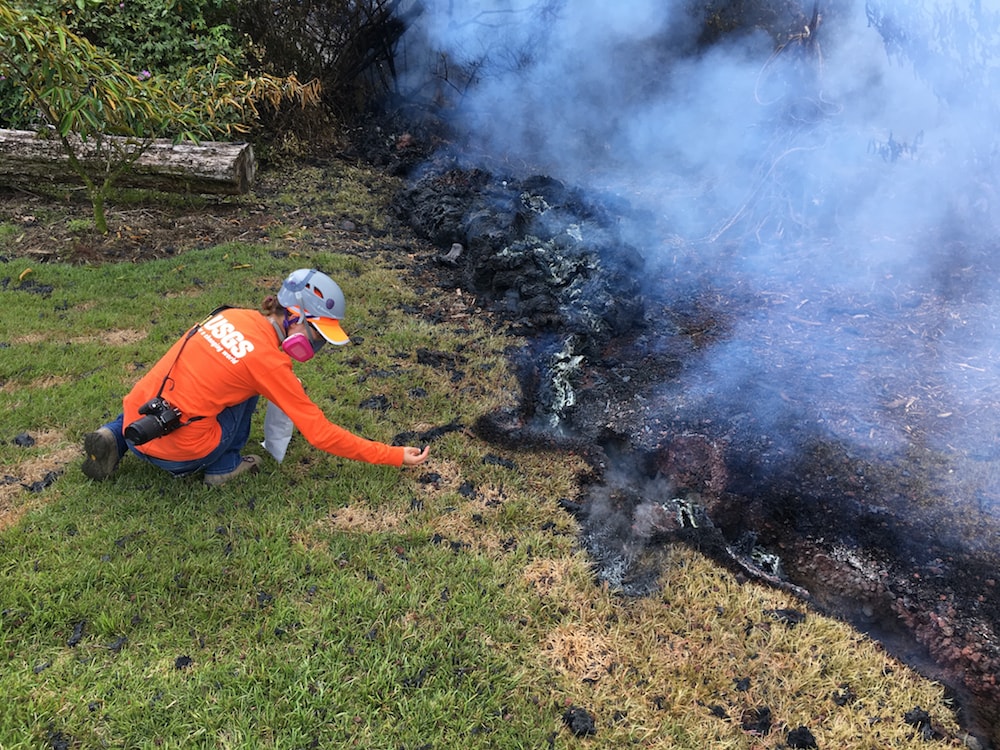The Science News That Defined The Decade
As we head into 2020, we asked you to help us roundup the biggest science news over the past 10 years.

This story is a part of Science Friday’s end of year celebrations. Explore staff stories of the year, read the best science books of 2019, geek out over a roundup of science board games, and join the festivities with us in person in New York City at our special event celebrating science news.
It’s been a tremendous 10 years for scientific discovery. For the first time, we’ve glimpsed at a black hole’s shadow, shedding light on an elusive entity in our universe. We saw the introduction of CRISPR, a technology that has not only altered genomes, but also bioethics. We listened to the chirp heard through the universe with the first detection of gravitational waves from black hole collisions. We witnessed an unprecedented number of youth leaders taking action on climate change. And all that only skims the surface.
We brought you the science news all decade long—reveling in the excitement of scientific discovery and breaking down the quandaries that they may bring. As the 2010s come to a close, we want to take a moment to rewind and reflect on the discoveries that defined the decade. So we asked you: What was the biggest moment in science over the last 10 years?
From rocket landings to the microbiome, your stories were brimming with nostalgia. We dipped back into the archives to resurface what you said was most noteworthy. Listen in and take a jaunt down memory lane!
Do you have a favorite moment in science news from the 2010s? Tell us on your stories on the SciFri VoxPop app!
Edwin P. from Brooklyn, New York:
One of the biggest moments in the past decade would definitely have to be Voyager 1 leaving our solar system, leaving our cosmic bubble in 2012, and flying into interstellar space at 48,000 miles an hour—faster than a bullet. And on top of that, we were able to detect it by actually reaching into the microcosmic world of atoms and noticing an increase in the density of electrons. So on both sides of the scale, [we] accomplished huge feats of both science and human ingenuity there.
Kate from Modesto, California:
Hi, this is Kate from Modesto, California. I don’t know if this counts as a big science moment for everyone, but for me personally I got to enter NASA’s “Name the Mars [2020] Rover Contest” and that was a pretty big deal for me.
Brian S. from the greater Boston area, Massachusetts:
I feel that the biggest scientific moment in the last decade center on the papers published in 2012 and early 2013 that describe how an RNA directed nuclease could simplify genomic engineering.
First described in yogurt cultures last century as a genomic anomaly, clustered regularly interspaced short palindromic repeats, better known as CRISPR, has not only changed how biofarmer research is done, but it offers great potential as a human therapy. It has become a molecular biological tool for more easily creating cellular and animal disease models as well as for screening and validating new drug targets.
While the technology still needs to be proven as a therapy it has already been used in clinical trials. The recent CRISPR therapy of sickle cell disease in Victoria Gray not only created a compelling story, but is just the beginning.
Mendy from Hilo, Hawaii:
My favorite Science Friday program was “Can The Bacteria In Your Gut Send Messages To Your Brain?” August 22, 2014. It has changed my life. We’re all eating fermented food, taking our probiotics, eating fiber and we’ve been much healthier since then.
Dan from Oakland, California:
This last decade has been full of amazing space stories. Five or six years ago, there was a satellite that landed on a comet core. That was so amazing, that I talked about it with opposing counsel in the middle of trial. We were just so blown by that. It sounded just like something out of [television show] The Expanse, which I heard about first on Science Friday. Thank you for that.

Lonetta from Modesto, California:
Hands down my favorite science moment from the last decade was the discovery of gravitational waves. For the first time in mankind’s history, we have a way to explore the universe outside of the electromagnetic spectrum. My kids will tell you that I might have cried just a little bit during the press conference.
Michael G. from Berthoud, Colorado:
My biggest moment in science in the past decade was the “Great American Eclipse” of August 21st 2017. What an amazing experience.

Randall H. from Gearhart, Oregon:
On a purely visceral level, I have to admit it’s SpaceX landing two rockets on their tails at the same time. That finally brought the future we were promised into our living rooms.
Erik K. from Denison University in Granville, Ohio:

As a volcanologist, few things were as exciting as the 2018 eruption of Kilauea in Hawaii. Not only was it the largest eruption in the United States in almost 40 years, but it completely changed the character of the volcano.
We saw lava flows issuing out tens of miles from the summit of the volcano, covering hundreds of homes, but luckily only injuring a few people. We also saw the summit have dramatic changes where a big, new caldera was formed through a series of explosions and collapses, and we’ve never been able to monitor a volcano during an eruption like this before.
So we’ve learned an awful lot about the evolution of volcanoes during eruptions that can cause these big changes to not only how the volcano behaves, but the shape of the volcano itself.
Invest in quality science journalism by making a donation to Science Friday.
Lauren J. Young was Science Friday’s digital producer. When she’s not shelving books as a library assistant, she’s adding to her impressive Pez dispenser collection.